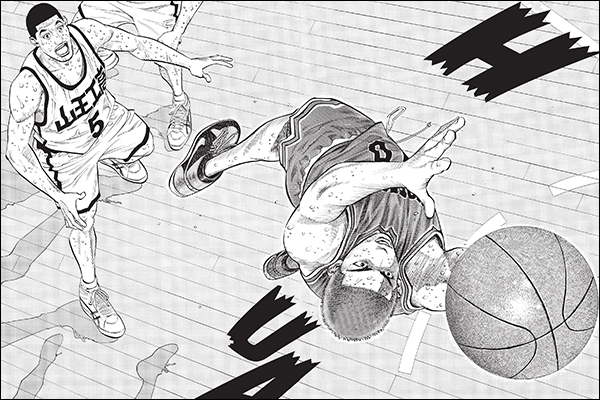criminal psychology
Cards (72)
- How does operant conditioning theory state criminal behaviour is learned?
- What's the difference between reinforcement and punishment?
- What's the difference between positive and negative reinforcement?
- What's the difference between positive and negative punishment?
- What is the difference between a primary and secondary reinforcer?
- Explain two strengths of the operant conditioning theory of criminality.
- Explain two weaknesses of the operant conditioning theory of criminality.
- How does Social learning Theory suggest criminal behaviour can be learned?
- What is meant by the term role model?
- What is meant by the term modelling?
- What is meant by the term identification?
- What is meant by the term vicarious reinforcement?
- Explain two strengths of the SLT explanation of criminality.
- Explain two weaknesses of the SLT explanation of criminality.
- What were the three aims of Bandura's study?
- What was the total sample size? How many of each sex?
- What were the two main 'experimental groups'?
- Why were the children rated for aggression before they took part in the study?
- What sorts of behaviour did (a) the non-aggressive and (b) the aggressive role models display?
- What happened to the children after they had watched the role model?
- What type of role model was found to lead to increased aggression amongst children?
- Which children were far more likely to imitate aggression?
- In what type of aggression was no difference found?
- Were children more likely to imitate the aggressive behaviour of a same-sex or opposite-sex role model?
- What things were girls more likely to play with?
- Explain two strengths of the study.
- Explain two weaknesses of the study.
- What is meant by a 'natural experiment'?
- What was the aim of Charlton et al's study?
- What was the IV and DV in this natural experiment?
- Where did the research take place? What is the population?
- Who were the sample?
- How, where, and when was their behaviour recorded?
- What was the overall finding on the impact of TV on levels of anti-social behaviour?
- To what extent were boys found to display more anti-social behaviour than girls?
- For both boys and girls, at what ratio did they display pro-social and anti-social behaviour?
- What did Charlton et al conclude?
- How did they explain this conclusion?
- Why might this research be high in ecological validity?
- Why was it a strength that the children did not know they were being recorded?
